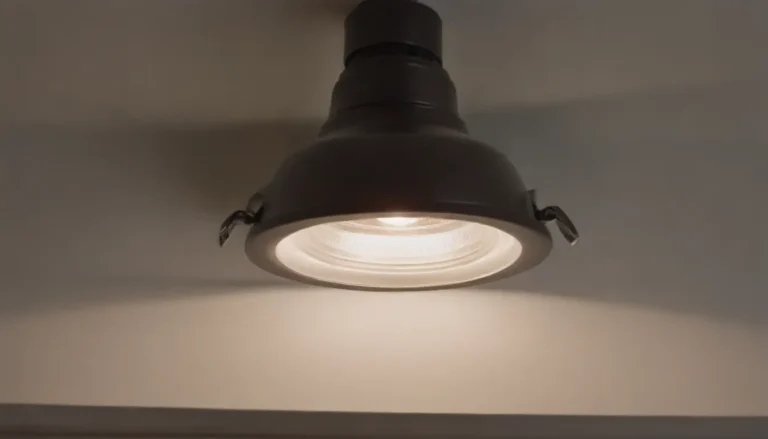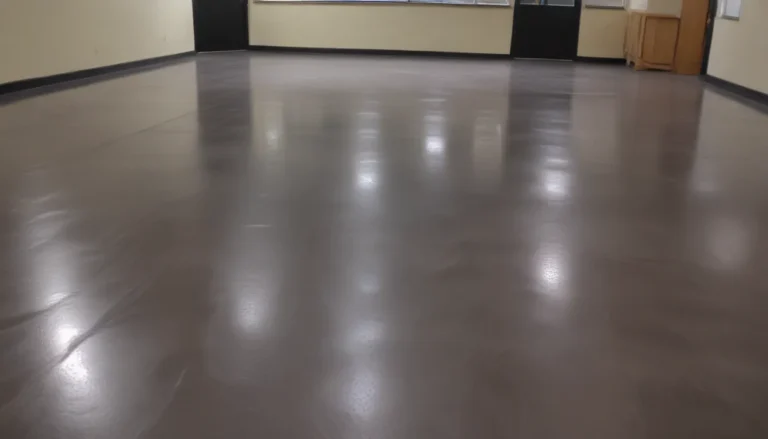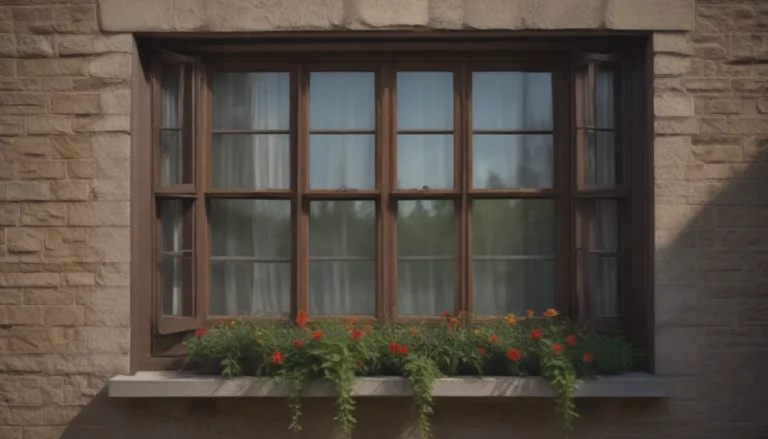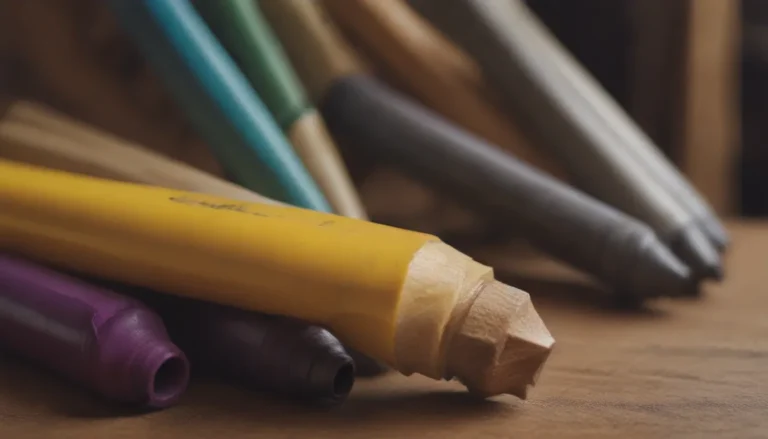Everything You Need to Know About IKEA Kitchen Cabinets

If you’re in the market for new kitchen cabinets, you may have heard mixed opinions about IKEA cabinets. Some critics argue they aren’t made of real wood, but rather medium-density fiberboard (MDF). However, it’s essential to understand that IKEA is not alone in using engineered sheet products, as many cabinet manufacturers utilize similar materials in their products.
Let’s delve into the world of IKEA kitchen cabinets and explore the materials used, construction methods, eco-friendliness, and more.
IKEA SEKTION Kitchen Cabinets
In 2015, IKEA introduced its SEKTION kitchen cabinet system, replacing the previous AKURUM line. This new system emphasizes modularity, allowing for individual solutions with optimal space utilization and functionality. With SEKTION, interior space sharing among cabinets is more accessible, making it easier to customize your kitchen layout to suit your needs.
IKEA Kitchen Cabinet Box Construction
The foundation of an IKEA kitchen cabinet is the cabinet box, which serves as the structural backbone of the cabinet. This box includes essential components like drawer rails and dampers, forming the basis for the cabinet’s structure. When it comes to IKEA cabinets, these boxes are built using:
- Medium-density fiberboard (MDF)
- Hardwood and softwood byproducts
- Resins and waxes
- High temperature and pressure
The Sustainability of IKEA’s MDF
There is a common misconception that IKEA’s use of MDF signifies low-quality construction. However, MDF differs from particleboard and chipboard, as it is a medium-density board made from wood chips and shavings bound together with resins. This material is a sustainable option that utilizes wood mill byproducts, including less desirable softwoods like radiata pine.
Moreover, IKEA has the potential to incorporate innovative materials like corn silk, coconut husks, sugarcane, and bamboo into their MDF panels, showcasing their commitment to eco-friendliness.
Strength of IKEA MDF
While natural wood may be stronger than MDF in hydraulic press tests, IKEA’s MDF is a durable and reliable option for kitchen cabinets. With proper care and maintenance, IKEA cabinets can withstand everyday use without compromising on quality or longevity.
IKEA Kitchen Cabinet Doors and Drawers
When it comes to cabinet doors and drawers, IKEA offers a diverse range of styles and materials to suit varying preferences. Here are the four main classes of materials used in IKEA’s cabinet doors:
Class 1: Natural Wood and MDF
- LAXARBY and BJORKET lines: Solid birch door frames with birch veneer panels on particleboard
- FILIPSTAD line: Solid oak frames with oak veneer panels on particleboard
- EKESTAT line: Solid oak or ash edges with oak veneer panels on particleboard
Class 2: MDF and Thermofoil
- RINGHULT line: Melamine foil on fiberboard
- GRIMSLOV and MARSTA lines: Foil and melamine on fiberboard
- BROKHLT, JARSTA, and EDSERUM lines: Foil on particleboard
- TINGSYRD and HAGGEBY lines: Polypropylene and melamine on particleboard
Class 3: MDF and Paint
- VEDDINGE line: Acrylic paint on particleboard
- FLADIE line: Acrylic paint on fiberboard
- BODBYN and HITTARP lines: Acrylic and polyester paint on fiberboard
Class 4: Glass or Metal
- JUTIS line: Glass and aluminum
- GREVSTA line: Stainless steel, melamine, and particleboard
Conclusion
IKEA kitchen cabinets offer a versatile and affordable option for homeowners looking to revamp their kitchens. With a focus on sustainability, durability, and functionality, IKEA’s cabinets are designed to meet the demands of modern living spaces while providing a stylish and customizable solution for every home.
Next time you’re considering a kitchen renovation, don’t overlook IKEA cabinets. Their innovative designs, eco-friendly materials, and customizable options make them a top choice for homeowners worldwide. So why not explore IKEA’s range of kitchen cabinets and create the kitchen of your dreams today?





